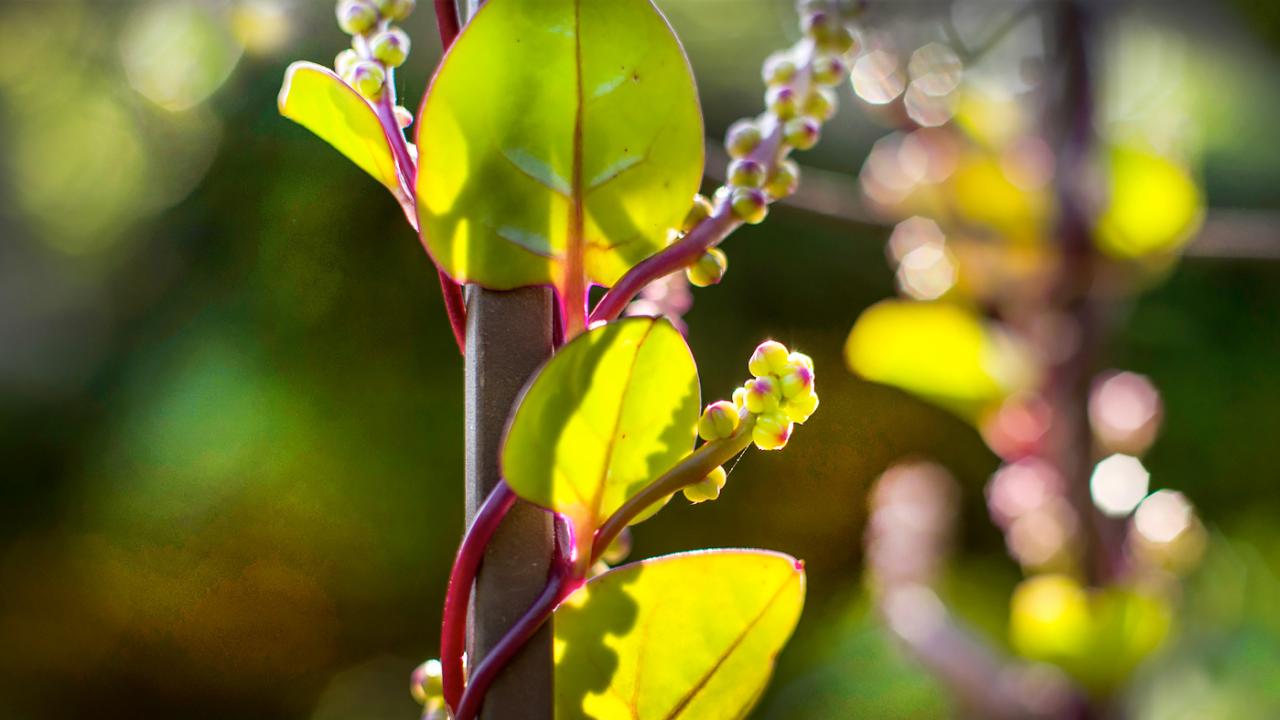

Plants &
Gardening
Garden Stories
Flies for lunch? Sounds…chewy
Ever seen a plant lure and “swallow” an insect?
You already know Dionaea muscipula by its common name: Venus flytrap. We added the wetlands-loving venus flytrap and other carnivorous plants in mini bogs that we created on the Green Roof Garden at the Daniel F. and Ada L. Rice Plant Conservation Science Center. How do carnivorous plants get their nutrients? The pretty pitcher plant (Sarracenia leucophylla), for instance, attracts insects with nectar. Insects slip down the “pitcher” part of the plant and are liquified in the digestive juices at the bottom.

Dionaea muscipula

Sarracenia ‘Bug Bat’

Nepenthes alata
Here are some FAQs about carnivorous plants, which some people only know from the fictional movie and play Little Shop of Horrors:
What do carnivorous plants eat? Should I be concerned for my fingers?
Don’t worry; these carnivorous plants are only looking to devour insects.
Why do some plants eat insects?
Not all habitats in the world have nutrient-rich and well-draining soil. Carnivorous plants have evolved to live in low-nutrient bogs by using insects as a food source. Carnivorous plants have modified leaf structures that digest insects and use the nutrients to grow and reproduce.
How do carnivorous plants attract pollinators and insects to eat at the same time?
This is a complex question. Using different odor cues, color cues, and potentially even distance separating the modified leaves from the flowers, plants have evolved to deal with this huge challenge. Keep in mind, these plants would fail if they were eating their pollinators. Below is an example of a Sarracenia leucophylla flower used to attract its pollinator, compared to its modified leaf used to attract its prey.



How did you convert your annual containers into mini bogs?
We installed pond liner a foot deep in each container and filled them with 50 percent washed silica sand and 50 percent sphagnum peat moss. Then we filled them with water and planted them with carnivorous plants, along with some companion plants.
What kind of care do these bogs need?
Since carnivorous plants obtain most of their nutrients from their insect prey, we don’t have to worry about fertilizing. The biggest challenge is keeping the bogs, well, boggy. Rainwater is best, but when there’s no rain in the forecast, we use reverse osmosis water instead. Reverse osmosis is a type of water purification process.

